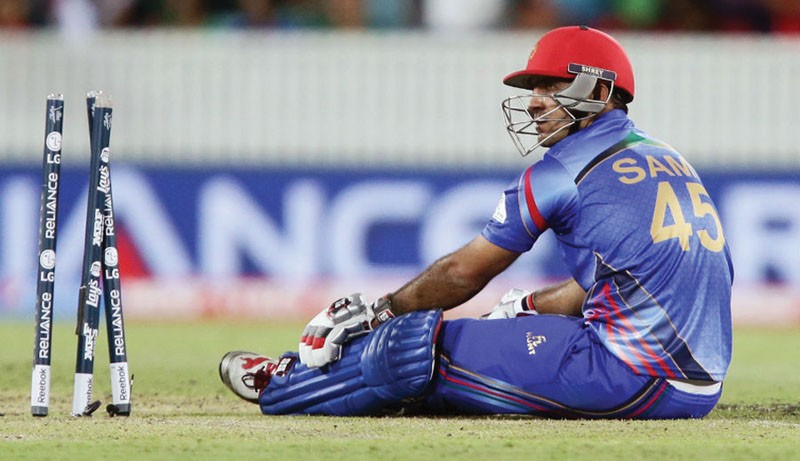

When the 2011 World Cup was going on in India, Sri Lanka and Bangladesh, many people criticised the decision to have associate teams in the biggest cricket event of the world. They pointed out that the presence of associates did deliver an upset or two during the event but most of their matches went one-sided.
And they were not wrong. Most of the matches were really one-sided and had no thrill for the spectators in the stadiums and television viewers. Ireland beat England by three wickets. Bangladesh also edged England by two wickets. Apart from these two, there was no upset throughout the tournament.
Similar were the results in several previous world cups. The first upset was recorded in 1979 edition in England when India were beaten by Sri Lanka, who were not yet a Test-playing nation. They played their first Test in 1982.
In the 1983 edition, Zimbabwe defeated Australia by 13 runs to pull off their first upset win. The other upset occurred when Sri Lanka, who had gained Test status but were still a very weak side, defeated New Zealand by three wickets.
There was no such result in the 1987 edition, the first one to be played outside Englnad.
The 1992 World Cup, which was a 39-match marathon because every team had to play every other team, produced only one upset when Zimbabwe stunned England, who were number two on the points table, by nine runs.
In 1996 World Cup, played in India, Sri Lanka and Pakistan, Kenya beat West Indies by 73 runs. In the 37-match event, this was the only victory scored by an associate team against a Test-playing nation.
In 1999, when world cup returned to England, there were a few upsets. First Zimbabwe beat India by three runs. Then Zimbabwe thrashed South Africa by 48 runs. Bangladesh thrashed Pakistan by 62 runs. So there were three three upsets in the 42-match marathon -- not even one in ten matches.
In 2003, Bangladesh, who had been playing Test cricket since 2000, lost to Canada. And by a big margin -- 60 runs. Kenya beat Sri Lanka by 53 runs and Bangladesh by 32 runs. They also defeated Zimbabwe by seven wickets. So four unanticipated results in an event of 54 matches -- less than one in eleven matches.
In 2007, Bangladesh, who had been a Test-playing nation for seven years but were still not a strong side, defeated India comfortably to record an upset of sorts. In the very next match, Ireland edged Pakistan by three wickets. Bangladesh also beat South Africa by 67 runs -- this was a real upset. But these three surprising results came in an event which had as many as 51 matches.
And the trend continues in 2015. Apart from the West Indies loss to Ireland, no major team was defeated by any of the associate team in the first 27 matches played by March 5.
Just look at some of the results of these teams: Bangladesh, the weakest Test-playing nation, beat Afghanistan by 105 runs; England thrashed Scotland by 119 runs; India whipped UAE by nine wickets with 187 balls remaining; South Africa hammered Ireland by 201 runs; Pakistan demolished the UAE by 129 runs; Australia crushed Afghanistan by 275 runs; and Bangladesh routed Scotland by six wickets.
Is this entertaining cricket? Of course, it is not. Such cricket cannot attract spectators to the ground and force TV viewers not to change the channel.
Who would like to see batsmen of Test nations hammering sixes after sixes off associates’ bowlers! Or how curious would people be to watch Test fast bowlers rip apart the batting line of the associates and get them out in less than 25 overs!
So the decision of the world cricket authorities for the 2019 World Cup seems to be the right one. It is no use having a format which produces a large number of big wins for the Test nations and gives the audience only one or two thrilling encounters out of all the matches involving the associate teams.
Yes, cricket should be expanded and for this associate teams should get more opportunities to play against the Test-playing nations. But a World Cup is no place to groom new teams. Some other ways must be found out to develop them such as annual six-team tournaments involving one or two non-Test playing nations.
These teams cannot rise and join the top teams with five or six matches against major teams in four years. They should get opportunities more frequently. They should be able to play at least 10 ODI matches against major teams every year -- either in multilateral tournaments or in bilateral series.
This should be the way forward for the world of cricket.